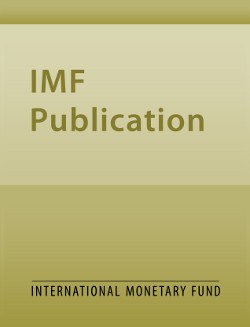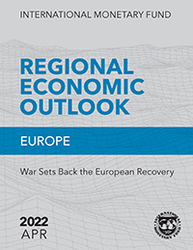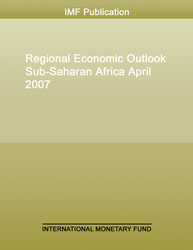
Regional Economic Outlook, Europe, October 2025: Overcoming Europe’s Policy Drift: From Recognition to Action
Europe’s growth is slowing and debt rising. Closing the productivity gap with the US is firmly in Europe’s grasp. Discussions need to move from recognition to action: deepen integration, raise productivity and secure long-term fiscal sustainability.
READ MORE...
Publication date: October 2025
ISBN: 9798229026635
$20.00
Add to Cart by clicking price of the language and format you'd like to purchase
Available Languages and Formats
| English | |||
| French | |||
| German | |||
| Polish | |||
| Russian | |||
| Spanish | |||
| Turkish | |||
| Ukrainian |
Prices in red indicate formats that are not yet available but are forthcoming.
Topics covered in this book
This title contains information about the following subjects.
Click on a subject if you would like to see other titles with the same subjects.
Inflation , Economics- Macroeconomics , Taxation - General , Urban and Regional , Productivity , growth , structural reforms , single market , agglomeration , , EU single market , NATO member EU government , monetary policy , headline inflation , IMF staff calculation , EU budget , reform effort , EU export , EU membership , growth malaise , Policy drift , Inflation , Tariffs , Fiscal consolidation , Europe , Global
Summary
Europe has managed major shocks, but growth is slowing, export gains are reversing due to tariffs, and bond markets reflect rising risks. Interest rate cuts and increased fiscal spending, including defense, have not spurred private demand. The productivity gap with the US remains wide, and structural reforms are lagging. National priorities and slow EU decision-making hinder deeper integration of capital, labor, and product markets. Without stronger growth and fiscal consolidation, average European debt could reach 130 percent of GDP by 2040, requiring significant fiscal adjustment. Near-term policies should maintain price stability, start fiscal consolidation, and keep trade open. Long-term growth depends on urgent structural reforms. Solutions lie firmly within Europe’s grasp. An intensive debate to dismantle market fragmentation, simplify regulation, and boost investment is underway. Appropriate bundling, sequencing, and timing of reforms can garner broad support by spreading gains across society and nimbler decision-making in the European Union would help move faster from recognition to forceful action.
Copyright © 2010 - 2025
Powered by:
AIDC



